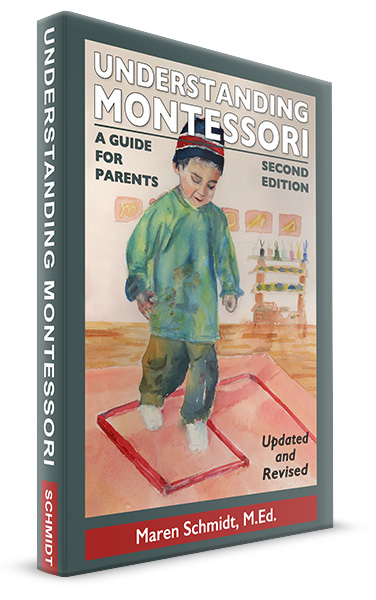
I can’t help it. I love to go out in the fall and gather leaves. I enjoy looking at the reds, yellows, oranges and browns of deciduous leaves against the turquoise skies of a crisp autumn day. I savor peeling the paper off a broken crayon to make leaf rubbings that accentuate the veins, shape and edges of the leaves. These foliage designs transform into note cards, framed posters, placemats and Christmas tree decorations. In my humble opinion, one is never too old to take a walk, gather some leaves and break out the colors.
Learning the names of the trees in my neighborhood has made a place feel like home.
Recently walking down the street where I lived in my teens, a sense of homecoming came over me as I saw the mature shaggy oaks and the ponderosa pines towering over the sidewalks. My Audubon Society Field Guide of North American Trees has gotten a workout over the years as I’ve moved and hiked all over the United States.
Looking at leaves and trying to figure out what kinds of trees the leaves come from are activities that helped me model curiosity and investigative skills, while letting my children know that, actually, mommy doesn’t know everything. Almost everything, but not quite.
The Audubon Field Guide steps through a process of investigation and discovery by asking questions such as follows:
Where did you find the leaf?
What shape is the leaf?
Is each leaf from the tree the same?
(Maybe I shouldn’t tell you, as it may spoil your fun, but sassafras has two different-shaped leaves.)
Is there any fruit visible?
What does the bark of the tree look like?
As you gather and investigate leaves, here are some ideas for discussion and new vocabulary.
The shape of the leaf.
Does it look like a heart? It’s cordate.
Does it look like an upside down heart? It’s obcordate.
A triangle? Deltoid.
An ellipse? Ellipsoid.
An oval? Ovate.
An upside down oval? Obovate.
A circle? Orbiculate.
A spoon? Spatulate.
A kite? Cuneate.
A fan? Ginkgos have fan-shaped leaves.
An arrow? Sagittate.
A spear? Lanceolate.
The palm of your hand? Palmate.
Are the fingers or lobes of the palmate leaf pointed or rounded?
The edge or margin of the leaf.
Is the margin of the leaf toothed, lobed or entire?
An entire edge will be smooth with no bumps around the entire leaf.
A toothed edge can be dentate, pointing outward; serrate, pointing to the leaf’s tip; crenate, broad and round; or incised, with deep sharp irregular teeth.
A lobed margin will have deep indents or sinuses, called either sinuate or undulate. Sinuate margins are very wavy, while undulate are wavy but not as much as a sinuate margin.
The veins of the leaf.
Are the veins parallel or reticulate?
Simple and compound leaves.
Is there one leaf per stem, or do the leaves cluster on the stem?
Oaks have simple leaves. Walnuts have compound leaves.
Take an hour for a walk and a gathering of leaves. Create some art projects by rubbing leaves with a crayon or pressing leaves between wax paper in a book. Discover with your children and name the qualities of the plants in your neighborhood.
Knowing the names of a few leaves can make a house feel like a home.


I too love to walk in dry leaves and examine and describe leaves in the classroom.
Sassafras leaves have three shapes, elliptical, like a mitten, and with three lobes.
And such a wonderful yellow!